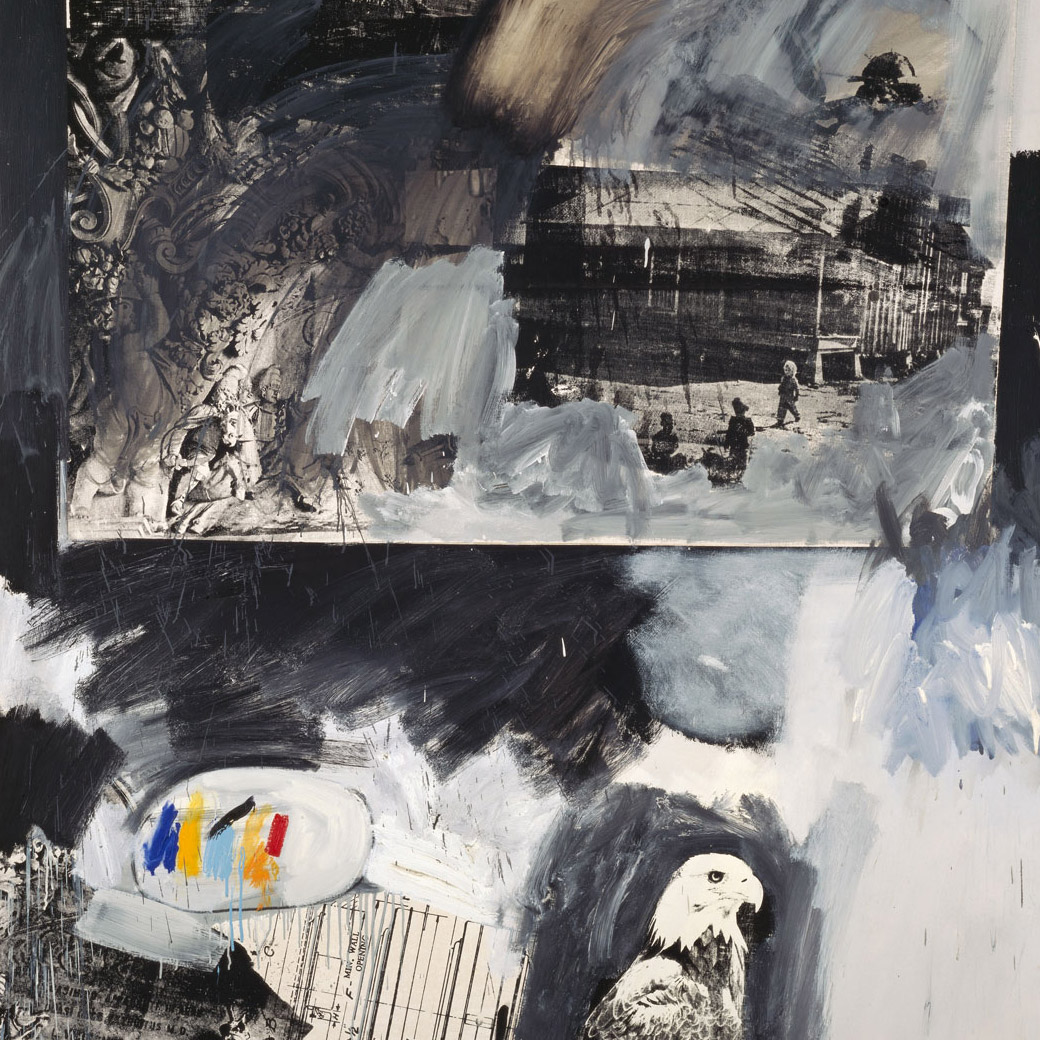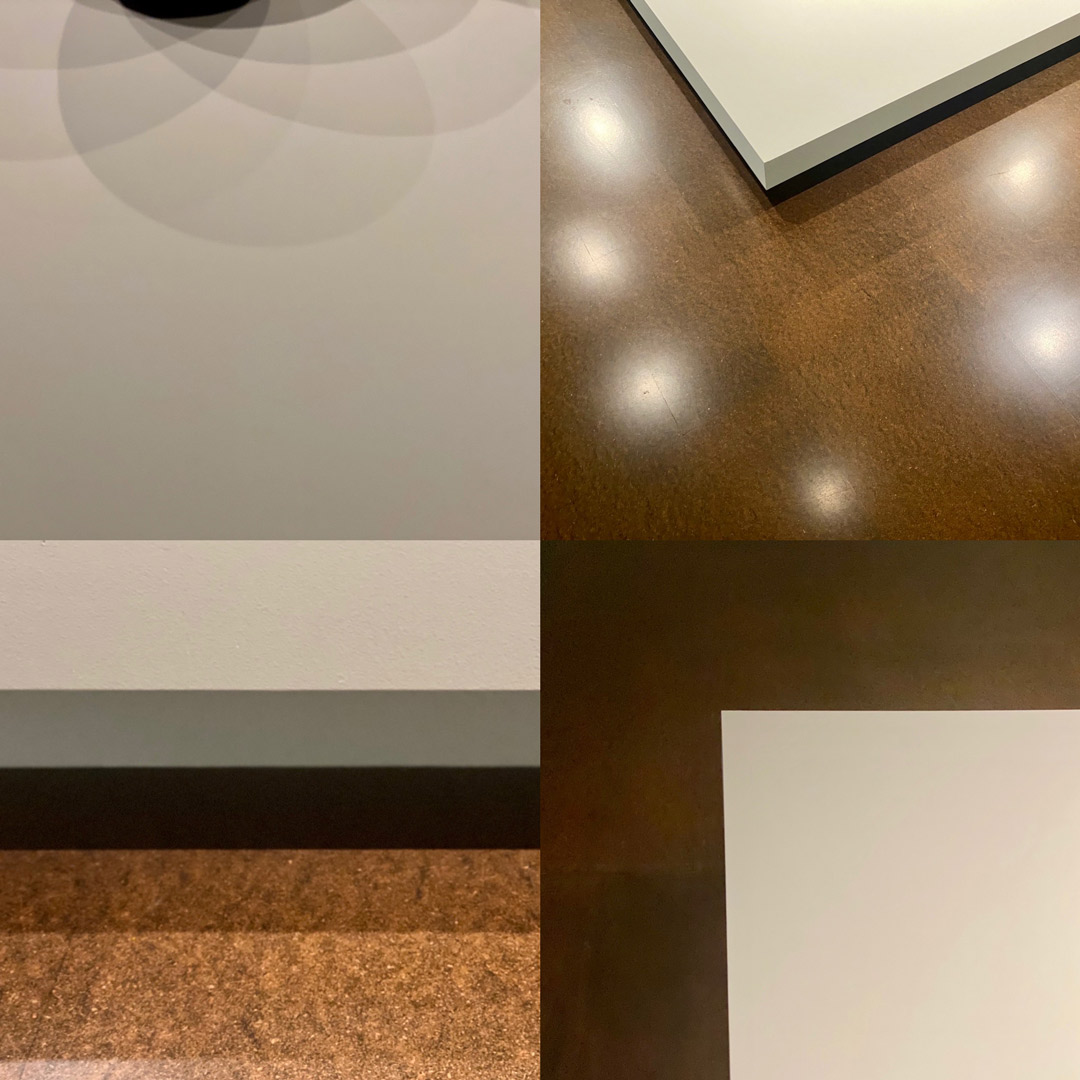
Robert Rauschenberg, Manuscript
Manuscript, 1963, Robert Rauschenberg, American, 1925–2008, oil on canvas, 84 × 60 in., Seattle Art Museum, Gift of the Virginia and Bagley Wright Collection, 91.99, © Robert Rauschenberg Foundation

Manuscript, 1963, Robert Rauschenberg, American, 1925–2008, oil on canvas, 84 × 60 in., Seattle Art Museum, Gift of the Virginia and Bagley Wright Collection, 91.99, © Robert Rauschenberg Foundation

What’s going on in this painting?
What do you see that makes you say that?
What more can you find?

The artist Robert Rauschenberg played a part in founding the Pop Art movement in America, which worked to broaden the scope of art and discover the ways art intersects with life. Rauschenberg celebrated benign imagery and would often use, or take inspiration from, discarded materials. In Manuscript, Rauschenberg is reusing everyday images found in newspapers and books to capture a contentious moment when the United States became enmeshed in the Vietnam War.

Rauschenberg made his viewer look closely at seemingly mundane things, stating, “My art is about paying attention.” Scan the room you’re in and find something that interests you—it could be a bench, your shoes, or even a shadow on the wall. After looking closely, snap at least five images. Get up close, try portrait vs. landscape orientation, or change the filter to grayscale. How did your perception of the object change as you took different photos?
